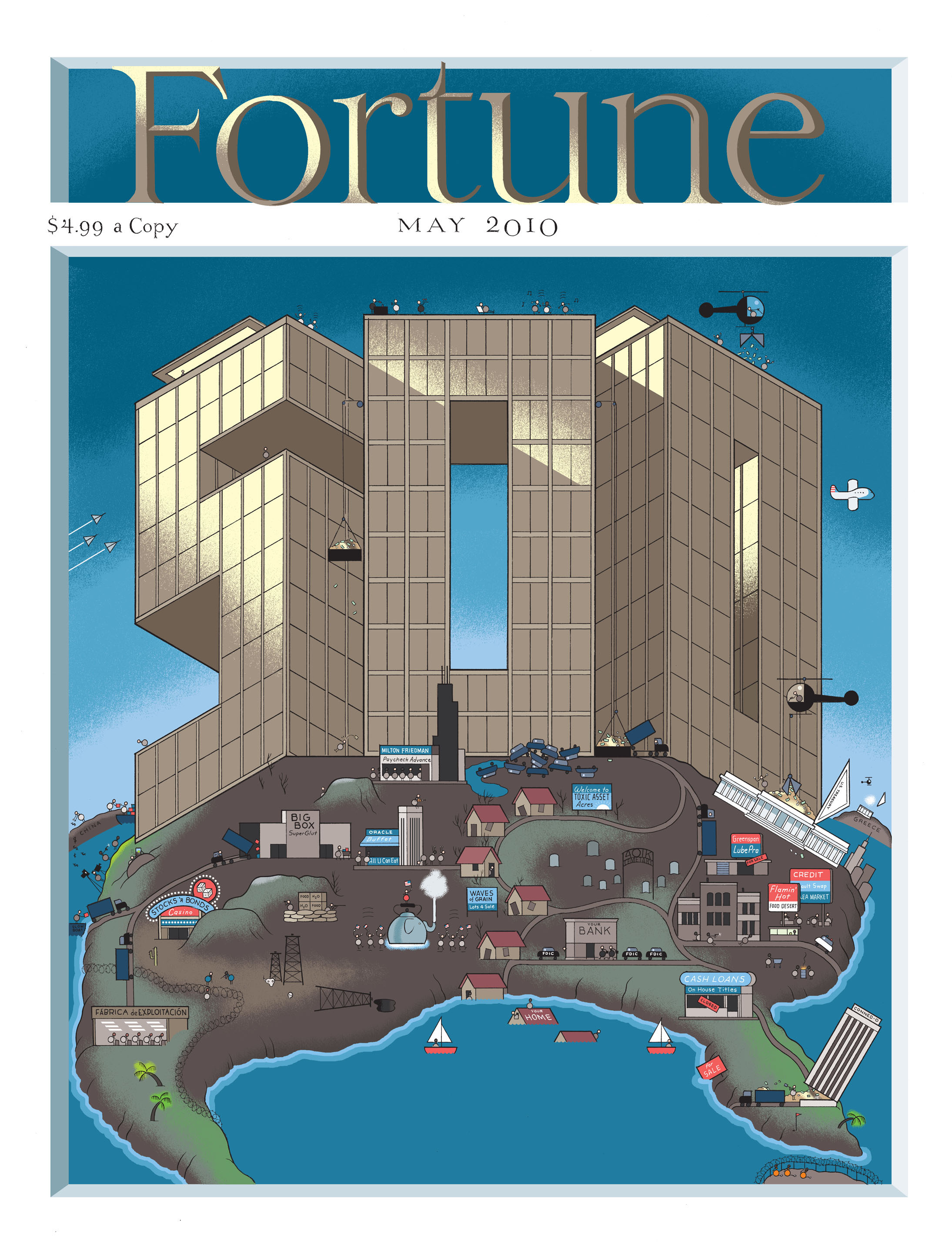Which came first, the idea of displaying genealogy as linking familial relations from top to bottom chronologically, or the term 'family tree'?

Here's a pretty typical family tree, comprising what looks to be around 9 generations. The farthest back in history is at the top-most part of the 'tree,' and the most recent at the bottom. Weirdly, this is completely inverse from how trees actually grow (you know, from the ground up), but the analogy has stuck so well that it's very easy to find 'family trees' that are stylized to resemble physical trees.

This one's a pretty lazy example, with the 'family tree' being superimposed onto an illustration of a tree. Poor Scotty must have been kicked out of the family or something.

This one's great for a number of reasons. The entities represented are actually connected via branches that wind around each other to signify familial relations, and the creator realized the backward nature of the 'family tree,' choosing to instead build it from the ground up. You can see Donald Duck in the second row from the top (second-to-youngest generation), third from the left. There's a nice depiction of different families that Donald's lineage stems from by means of separate trees, the branches of which get jumbled together. In addition, the fact that we skip a few generations going from Pintail Duck (bottom, middle tree) to Humperdinck Duck is shown by the branch momentarily disappearing behind leaves: that chapter of history is obscured to us.
Family trees are a way of tracking relations between members of one or many families, but once you go enough generations back, or enough cousins sideways, it becomes increasingly difficult to accurately, visually portray the information. For instance, it's likely (though I'm sure you don't want to hear it), that your biological parents (or you and your partner), have a common ancestor within written history. Super-likely if you and your partner have the same ethnic and cultural background. For the family tree, this means that a 'branch' would split (via children, grandchildren, etc.) and eventually rejoin. Visually, this would mean 'branches' crossing over each other.
Is it possible to create an organized family tree that includes dozens of generations and thousands of people, given the super-prevalence of incest?
Is a tree the best visual metaphor we can come up with?
How would a family tree of families be depicted visually? That is, instead of representing individuals, representing families (and how do you begin to define that?)
Posted by Scott.


























